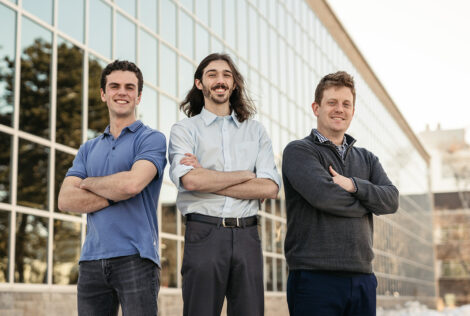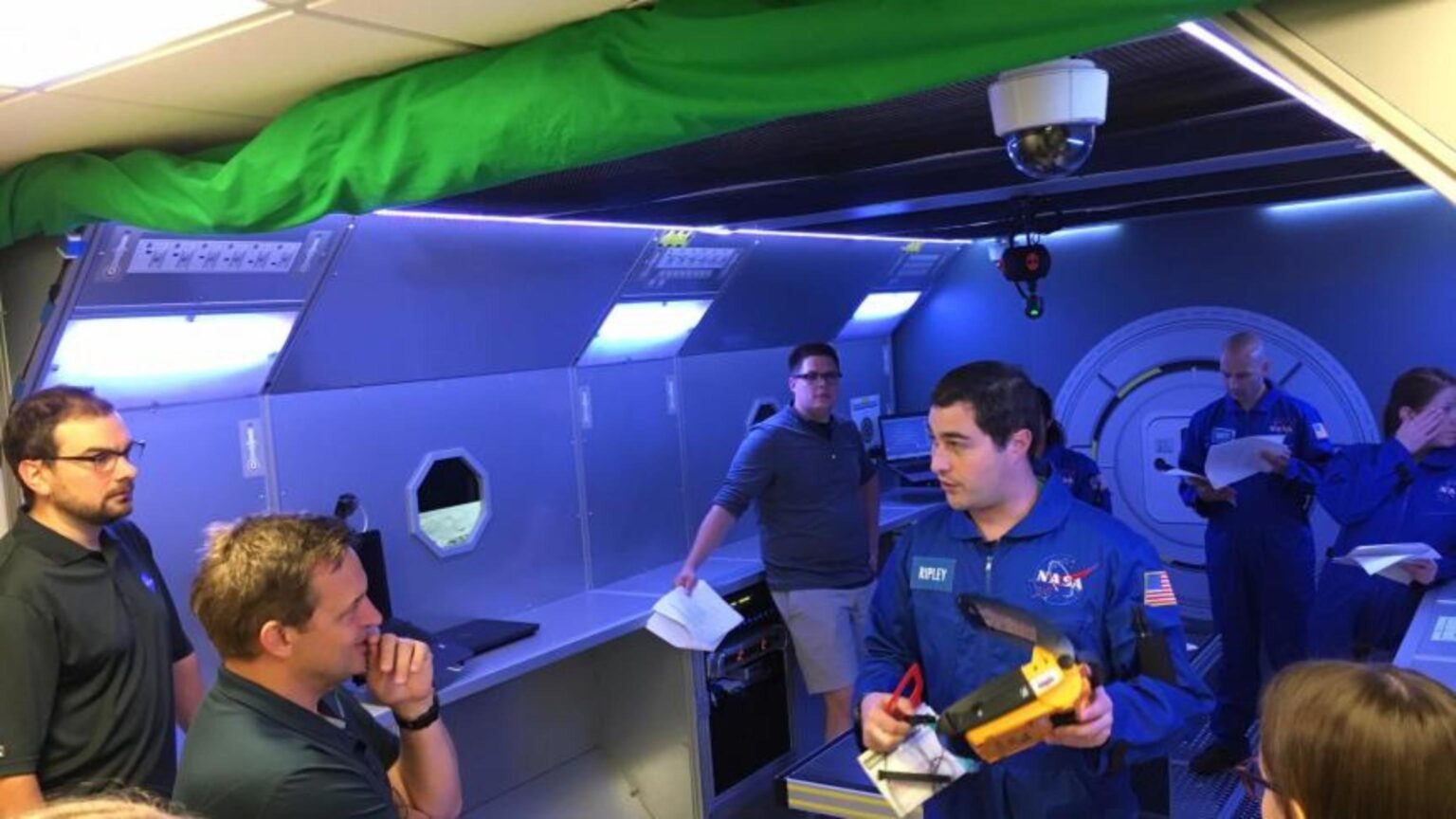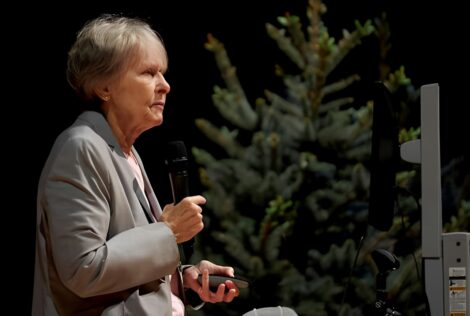

When astronauts travel through space for years at a time, the chances of experiencing a medical emergency are high. As deep space exploration becomes more common, new solutions are required to help astronauts manage medical emergencies independently.
That’s where McMaster Electrical and Computer Engineering professor, Tom Doyle steps in. Doyle is among a team of experts from Harvard and the Northern Ontario School of Medicine, who worked with NASA to build an immersive simulator to run medical emergencies that could happen in deep space. NBC News recently looked inside the simulator to see how it works.
In his Q&A, Doyle shares more about how the simulator will support astronauts traveling in deep space:
Q: Why did you build this immersive simulator?
A: This simulator is intended to help educate astronauts and ground support about the potential challenges ahead from the many facets of technical and non-technical skills that will be required to support the crew and the mission. From a research perspective, the simulator will become the platform to conduct training for medical emergency management. It will also be used to study objective measures designed for ground-based and onboard training of the specific behavioural skills that enhance crew cohesion, performance, and safety in medical management.
Q: How is NASA currently responding to medical emergencies in space?
A: The current response to medical emergencies in space is based on the International Space Station model where near real-time communication is available with a relatively large array of medical resources. This model will not be available on a longer mission, such as a mission to Mars.
Q: Can you share specific examples of how the simulator will be used?
A: In November 2016, a 25-member panel of space medical, technical, and operations experts, including astronaut Tom Marshburn, were brought together in Houston, Texas to discuss types of medical events, scenarios, and the proposed simulator. The outcome of that meeting was that scenarios should focus on toxic exposure, eye penetrating injury, sudden cardiac arrest, and pneumothorax. As such, the initial tests and scenarios were designed around these recommendations.
Q: Does the simulator have any other uses?
A: While this simulator is designed for space medical simulation, the research output would support all types of small crew, remote location, and limited resource scenarios. It would support remote medical care in places like the Arctic, Northern Ontario, or any rural location.
At a glimpse: #MacEng professor works with NASA on simulator for medical emergencies


